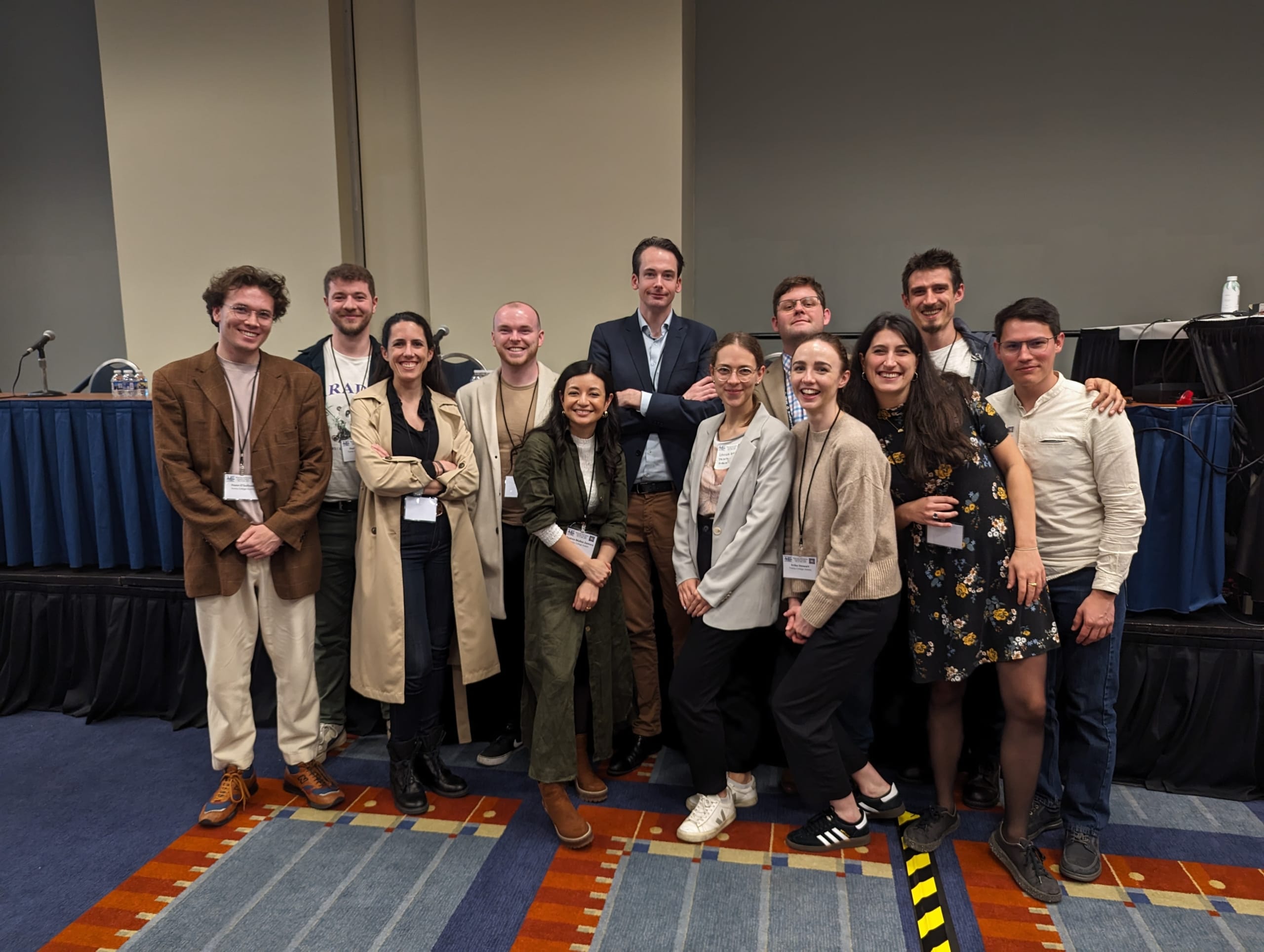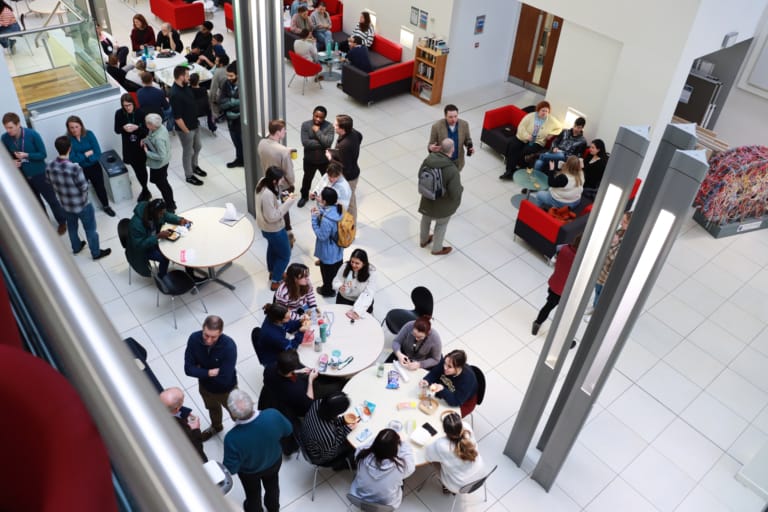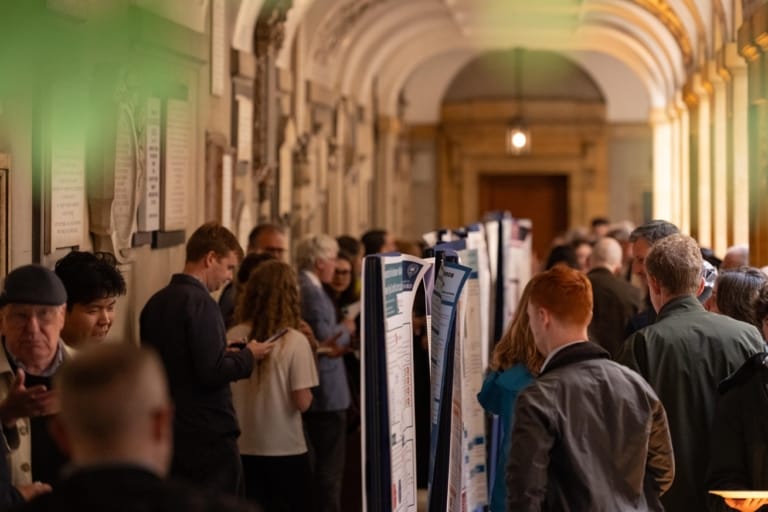
2020 Lister Fellow Tomás Ryan is a professor at Trinity College Dublin. His lab investigates the neuroscience of memory, using a wide range of experimental techniques to understand how memories are formed, stored and retrieved in the brain.
Latest research reveals that mice retain memories of the cold — and that these memories may shape how their bodies respond to future temperature challenges. This discovery opens up a new frontier in neuroscience, with implications for metabolism, health, and even climate resilience.
For over a decade, Tomás has been at the forefront of memory research, focusing on engrams — the physical traces of memory in the brain. Traditionally, neuroscience has studied memories of the external world: places, faces, and learned behaviours. But Tomás’s latest work, published recently in Nature, explores a radically different question: can the brain form and exploit memories of internal bodily states, such as being cold?
“We’ve always studied memory as a reflection of the world outside,” says Tomás. “But the world is only part of what we experience. We also experience what’s going on inside ourselves — this is called interoception.”
Interoception includes hunger, stress, and temperature regulation. Tomás’s team asked whether mice could form memories of cold experiences and whether those memories could influence their physiology. The answer, remarkably, was yes.
A novel integration of memory and metabolism
To test this, the researchers exposed mice to a cold environment (4°C) while presenting them with specific visual and olfactory cues. Later, when the mice encountered those cues again — without the cold — they still upregulated their metabolism, as if bracing for the chill.
But this Pavlovian-style response was more than behavioural. Using opto- and chemogenetics, the team discovered that mice form “cold engrams.” These structures in the brain are not just passive records of past experiences; they actively influence the animal’s physiology. When mice were re-exposed to sensory cues associated with a previous cold environment, they upregulated their metabolism in anticipation, even in the absence of actual cold. This predictive thermogenic response was traced to specific memory-encoding cells in the hippocampus, which interact with the hypothalamus to drive changes in brown fat activity.
Sometimes the most interesting results form when you combine two things that wouldn’t normally go together.
The finding is significant because it demonstrates, for the first time, that the brain can store and retrieve memories of interoceptive states — bodily experiences such as temperature, hunger, or inflammation. This opens up a new dimension of memory research, bridging cognitive neuroscience with metabolism and physiology. In the long term, understanding how such memories shape bodily responses could lead to novel, non-invasive strategies for managing metabolic disorders, enhancing resilience to environmental stress, or even modulating immune responses.
The study was only possible through interdisciplinary collaboration, particularly with immunologist and metabolism expert Professor Lydia Lynch. “Neuroscience is more a topic than a discipline,” Tomás explains. “Sometimes the most interesting results form when you combine two things that wouldn’t normally go together.”
“This had not been done before,” says Tomás. “We had to integrate memory with metabolism to make this finding.”

Implications for health and future research
The implications of this research are profound. “There’s a world in our mind about how we’re perceiving the world, how we’re making predictions about the world, which has to be affecting how our health emerges,” says Tomás. “Understanding how we burn energy depending on our experiences gives us a view to training people to manage their metabolism in ways that don’t necessarily involve invasive drugs.”
The study also lays the groundwork for exploring other interoceptive memories — such as hunger, pain, or infection — and how they shape behaviour and physiology. It’s a nascent field, with only a handful of groups worldwide investigating similar questions.
While this research diverges from Tomás’s original Lister Prize proposal — focused on infant memory and development — it’s now being integrated into his broader programme. “We want to see how these innate representations form in infancy,” he says. “Early development affects not only physiological responses but how your brain reacts to these things in general.”
The freedom to pursue such unexpected directions is a hallmark of the Lister Fellowship. “When you’re doing science at the frontier, you never know where you’re going to be in three or four years,” says Tomás. “That’s why the Lister is wonderful — it just lets you get on with it.”
Visit the Ryan Lab webpage to find out more.



